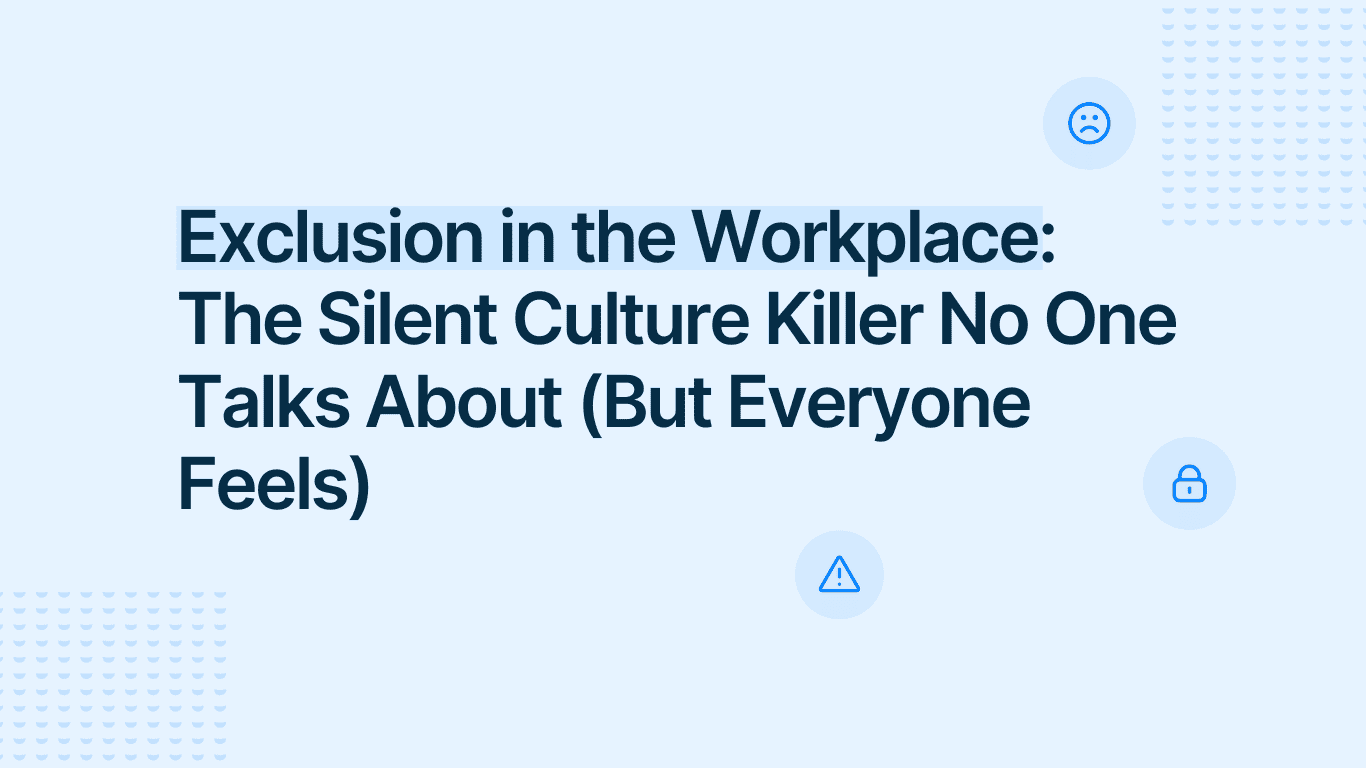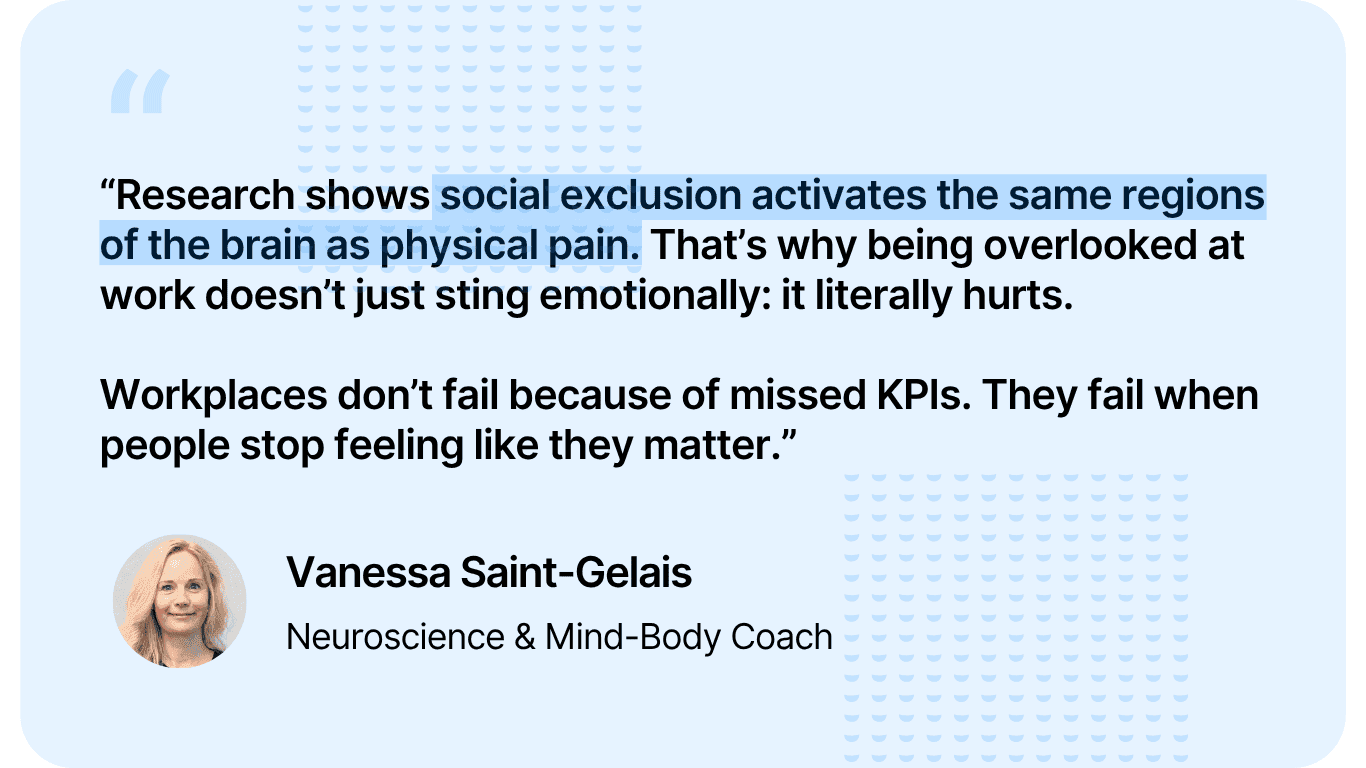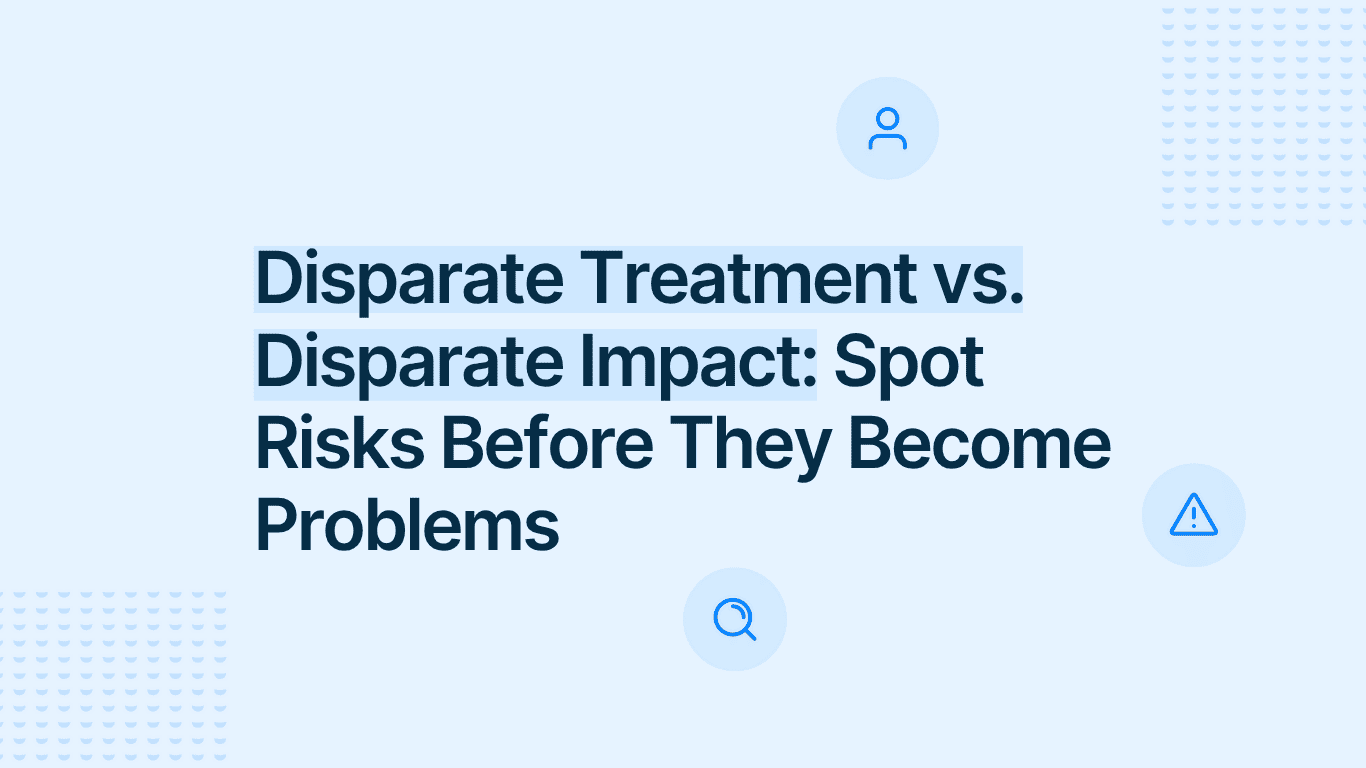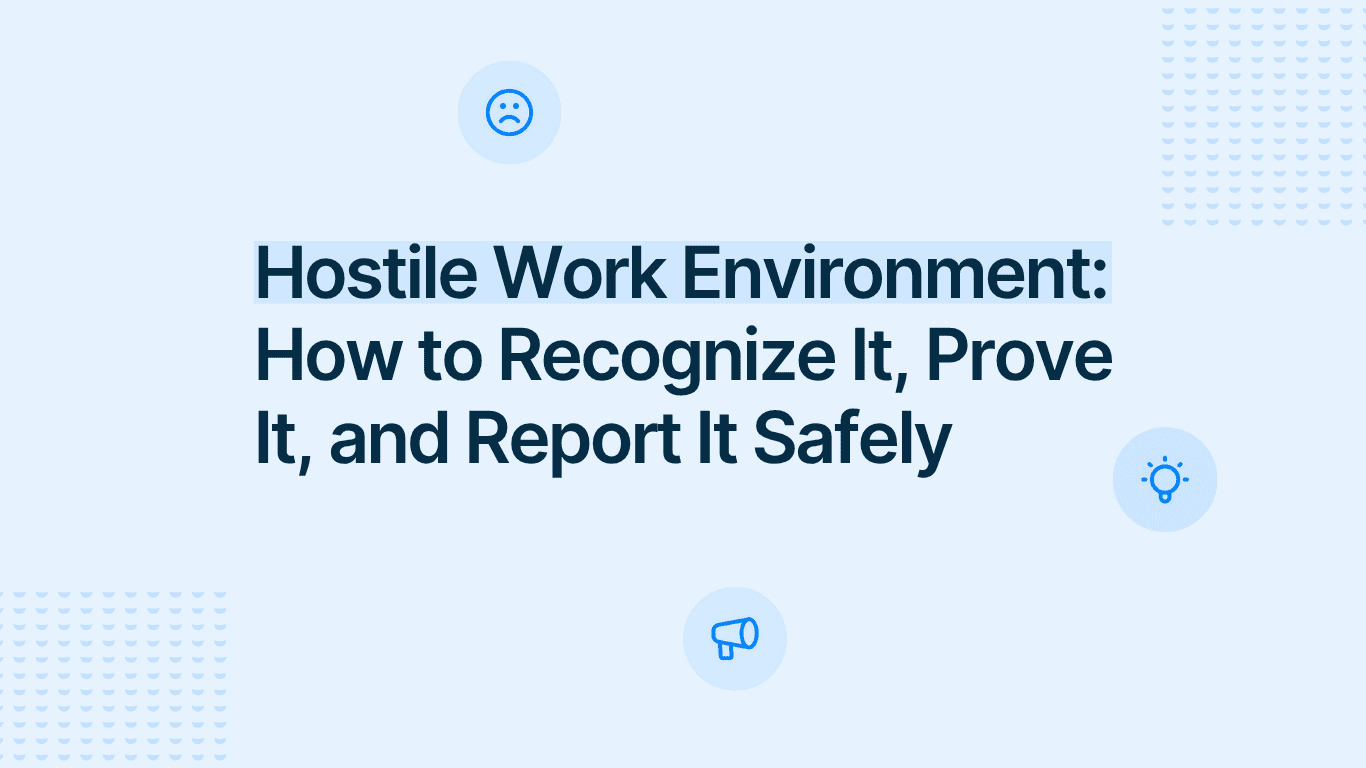




Employee Relations

Alaa El-Shaarawi
Copywriter and Content Manager
Published
2025-09-24
Reading time
7 min


Table of contents
Subscribe to our newsletter
In every office, factory floor, and remote team chat, there exists a hidden threat to your workplace culture. One that doesn’t make headlines but gnaws quietly at your people’s sense of belonging and well-being.
This threat is workplace exclusion.
Despite being less overt than harassment or bullying, exclusion in the workplace inflicts real damage. It breaks down trust, drains engagement, and can silently cripple your team's productivity. Yet, it often goes unnoticed, or worse, misinterpreted as personality clashes or "just how things are."

If you're a manager, HR professional, or DEI officer looking to create a truly inclusive workplace, understanding, detecting, and addressing workplace exclusion is something you can’t afford to ignore.
Here’s why it matters, how to spot it, and practical strategies to prevent and solve it. You’ll also see how FaceUp’s solutions can help you combat this silent culture killer to build stronger, safer teams.
Workplace exclusion happens when someone is left out, intentionally or not. Unlike obvious bullying or harassment, it often shows up quietly: ideas ignored, invitations skipped, critical information withheld, or cliques formed.
To the outside eye, these actions might seem harmless or unintentional. But for the person excluded and their team, the impact can be devastating.
Psychologically, social exclusion in the workplace triggers the same brain regions as physical pain. It breeds feelings of isolation, lowers self-esteem, and can lead to mental health issues like stress, anxiety, or depression.
On the job, it undermines productivity, innovation, and commitment. Entire teams feel the ripple effects through fractured collaboration, employee relations, and morale. Even subtle exclusion can shred workplace culture if left unchecked.

Exclusion often masquerades as subtle, everyday behaviors that go unchallenged because they aren’t obvious or disruptive. Examples of exclusion in the workplace include:
Bullying by exclusion in the workplace can also be systemic, built into company culture or leadership habits.
This pushes people to the sidelines through unconscious bias or structural barriers, leading to high turnover, lack of representation, and lower job satisfaction.
Workplace exclusion can touch anyone, but is particularly common among:
But everyone benefits from addressing exclusion: collaboration improves, engagement rises, and workplace well-being is strengthened.
Exclusion is subtle, often normalized, and employees may not know if their experience counts as exclusion, bullying, or harassment. Fear of retaliation, stigma, or skepticism that reporting will matter often keeps people silent.
Leaders might dismiss warning signs as “personality conflicts,” allowing exclusion to spread.
Adding to the challenge is the lack of safe, transparent reporting channels. Platforms like FaceUp provide anonymous reporting tools for employees to raise concerns safely, helping detect perpetrators and patterns of exclusion before they escalate.
The effects of exclusion in the workplace ripple through every layer of an organization:
26% of U.S. workers are likely to leave their jobs within the year due to experiences of workplace incivility and exclusion.
66% of employees experiencing incivility felt their managers could have done more to prevent it, highlighting the important role of leadership in promoting inclusion.
Employees in truly inclusive workplaces are almost 4x more likely to stay compared to those in exclusionary environments.

Addressing workplace exclusion isn’t about checking a compliance box. It’s a leadership and business imperative:
Yet 20% of HR professionals rate their organization’s fairness policies as somewhat or entirely unfair, a gap that fuels disengagement and turnover.
Addressing exclusion in your workplace begins with awareness, but doesn’t end there. Here’s how to move from recognition to resolution:
Build an environment where all employees feel safe speaking up about exclusion or bias without fear of retaliation. Encourage leaders to model vulnerability, open communication, active listening, and responsiveness.
Equip managers with tools to recognize subtle exclusion and unconscious bias. Inclusion training, leadership development programs, and workshops improve leaders’ emotional intelligence and intervention skills.
Employees often hesitate to report exclusion due to stigma or lack of trust. Platforms like FaceUp provide secure, anonymous reporting tools that empower employees to raise any form of exclusion safely.
Learn more about FaceUp's secure whistleblowing software.
Regular pulse surveys and engagement metrics reveal trends and hotspots of exclusion before issues escalate. FaceUp analytics help you visualize patterns, spot risks, and take timely action.
Explore FaceUp’s solutions for leveraging real-time employee insights.
Develop and enforce policies that explicitly prohibit exclusionary behaviors and social ostracism. Promote diverse team assignments, inclusive decision-making rituals, and anti-discrimination policies.
Changing culture is tough, but FaceUp simplifies the path toward inclusion with purpose-built tools designed for today’s workplace challenges:
Learn more about how FaceUp can help with secure whistleblowing solutions and strategies to boost workplace engagement, building teams where every voice is heard and valued.

Workplace exclusion crosses into unlawful discrimination when it's linked to protected characteristics like race, gender, age, disability, or sexual orientation. This raises both legal and ethical stakes, requiring quick and transparent action.
Key steps:
Taking these actions not only reduces legal risk but also reinforces a culture of accountability and inclusion across your work environment.
Exclusion rarely happens alone. It often coincides with other signs of a toxic or disengaged workplace, like bullying, microaggressions, or burnout. Addressing it together with these issues improves employee well-being and strengthens organizational resilience.
FaceUp’s resources make it easy to understand tough topics: from what it feels like to be “ganged up on at work”, to clear definitions of mobbing and discrimination.
Ignoring workplace exclusion is a risk to your people, your teams, and your business. Every excluded employee represents a voice unheard, an idea lost, and a potential leader disengaged.
Over time, small acts of exclusion can fracture trust, erode collaboration, and drain engagement across your organization.
The solution isn’t optional. With clear policies, inclusive leadership, and tools like FaceUp, you can detect exclusion early, empower employees to speak up safely, and create a culture where every voice counts.
Schedule a demo and see how FaceUp can help your organization protect its people, build trust, and champion a workplace where everyone truly belongs.





Keep Reading

Alaa El-Shaarawi2025-10-158 min
Legal & Compliance

Alaa El-Shaarawi2025-10-135 min
Legal & Compliance

Alaa El-Shaarawi2025-10-109 min
Workplace Environment

Alaa El-Shaarawi2025-10-067 min
Legal & Compliance